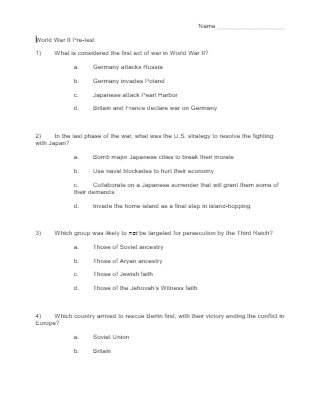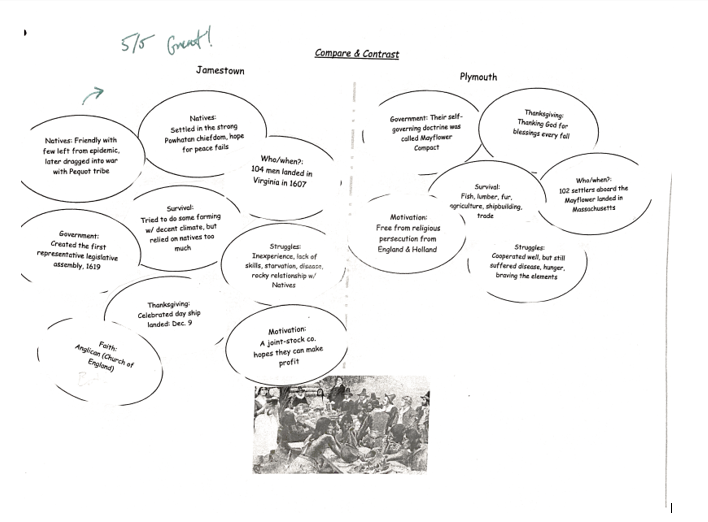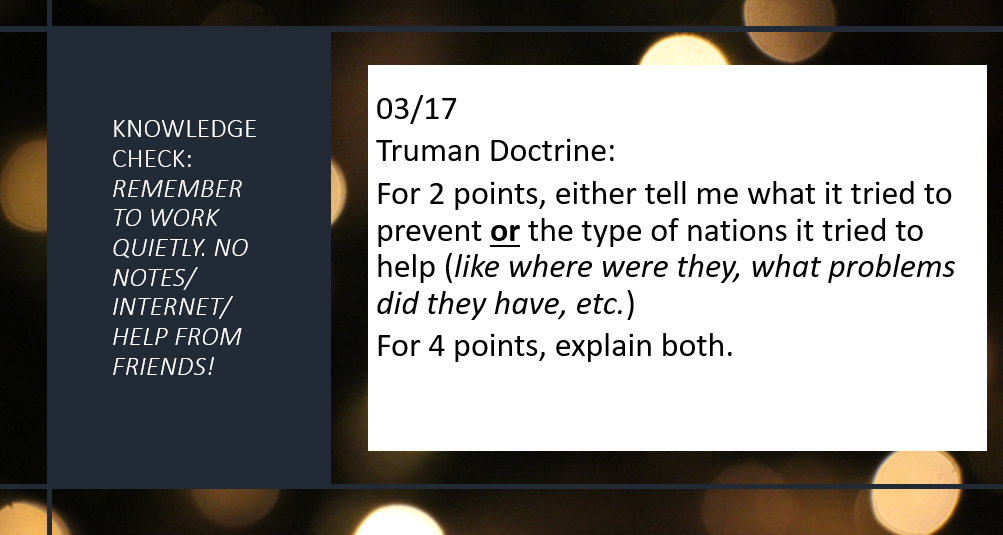Standard #6: Assessment
The teacher understands and uses multiple methods of assessment to engage learners in their own growth, to monitor learner progress, and to guide the teacher’s and learner’s decision making.
A teacher can gauge learning progress through summative and formative assessments that align closely with instruction. This understanding can further benefit students because it helps the teacher give in-depth feedback. Assessment can help an instructor tackle gaps in understanding during future instruction. Assessments should vary greatly in format, allowing for creativity and accounting for different learning styles and needs. A collaborative effort should be made so students can become comfortable assessing their own understanding as well as that of their peers.
Quality and differentiation of assessment enhance a teacher’s ability to calibrate learning. There are endless possibilities for assessment formatting which compliment student knowledge much more effectively than traditional standardized testing. Outstanding formal and informal assessments can prove a student’s wisdom surrounding a topic rather than factual knowledge. I feel this is especially true when teaching history. For example, a prompt-based exam may reveal more about the depth of student knowledge if it requires them to elaborate on connections between concepts and events.
Students were given a pre-test and post-test during a unit on World War II. I preferred using the post-test as a formative assessment, giving students feedback about two-three days leading up to a final unit exam. I practiced charting and analyzing the data and using that knowledge to inform my writing for the review and test. Although the average grade on the post-test was 67.5%, the class had a 82.7% average on the actual exam.




